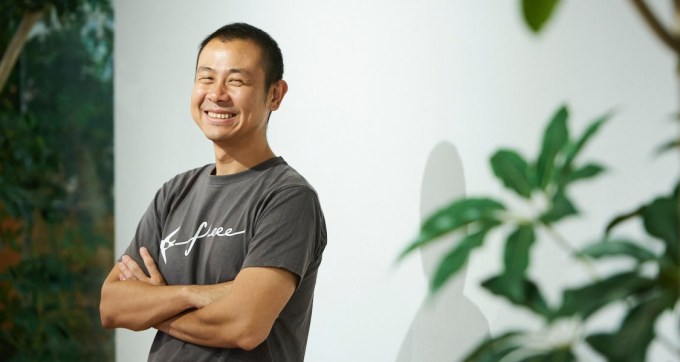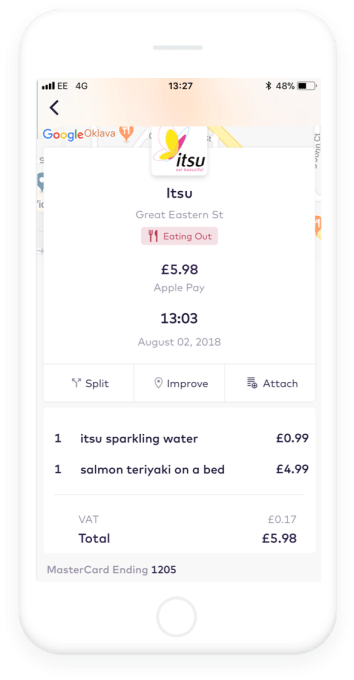Klook, a Hong Kong-based startup developing a travel activities platform, has pulled in $200 million in new capital to fuel a major expansion into the U.S. and Europe. A spokesperson confirmed to TechCrunch that the round values the company at more than $1 billion, although the company didn’t provide an exact figure.
Klook sets out to make booking travel activities as easy as arranging flights and hotels. That could mean visits to adventure parks, scuba diving, more localized tours or basics such as train travel, food or airport transfers, all of which can be found, paid for and taken using Klook’s platform. The company claims to offer more than 50,000 activities and services from 5,000 partners in over 200 destinations across the world. The startup claims its platform is on track to gross $1 billion in bookings — which is not take home revenue — for this year.
That booking milestone is “not just a representation of how Klook has grown but also a representation of this space,” Klook co-founder and COO Eric Gnock Fah told TechCrunch in an interview. “A lot of people thought this was a very niche sector, but it is proving to be a very valuable industry [and] we’re glad to be the leader.”
There’s plenty of evidence to support that. Travel giant Booking.com jumped into the space via an acquisition earlier this year, while TripAdvisor and Airbnb are pushing the activities side of their businesses, too. More direct competition to Klook includes Taiwan’s KKday, which is aligned with Japanese travel giant H.I.S., U.S.-based Peek, Culture Trip, GetYourGuide and Headout.
Klook is the best-funded by some mile, having raised plenty of capital over the past year or so. It closed a $30 million Series B in March 2017 before adding a $60 million Series C the following October, and this new round takes it to nearly $300 million to date.
The new deal sees existing backers Sequoia China, Matrix Partners, and Goldman Sachs return to put in more capital. They’re joined by first-time investors China’s Boyu Capital, Technology Crossover Ventures (TCV) — which has backed Airbnb among others — and Israel’s OurCrowd, while an undisclosed Asian sovereign wealth fund and unnamed family offices also took part.
Four-year-old Klook has been in expansion mode for the past year, opening offices in London and Amsterdam and growing its headcount to 600 staff across 16 offices, predominantly in Asia. That’s up from 400 people across 13 offices last October.
Now, the company is eying the U.S. and a greater share of Europe. That’s not new, per se, Gnock Fah last year told us that North America was in the roadmap, but now the company has confirmed it’ll open a U.S. office before the end of 2018.
“It’s very likely to be East Coast — New York — where we’d start off in the U.S., but I believe we’ll scale up to have teams on the West Coast and probably mid-West, too,” Gnock Fah said. “We also continue to be expanding in Europe and look for the next location to set up more offices.”
This goal push is two-fold. It’s aimed at tapping into the increased demand for global travel from Asian tourists, and particularly those in China, whilst also bringing Western travelers to Asia where they can tap into Klook’s ecosystem of activities and services.
“This round is really gearing up to global expansion,” Gnock Fah said. “There’s still plenty of growth in Asia but now we will be really accelerating our growth into the U.S. and Europe. We’re really entering the global stage [and attracting an investor like] TCV is a testament to what we’re looking to achieve as a global player.”
The Klook COO also added that the company is seeking to open a new R&D center to supplement its existing tech hub that’s located in Shenzhen. The location for that new office is likely to be in Asia, he added, although its efforts will support the business worldwide.



 Asked how Flux is overcoming its chicken and egg problem, and how conversations with banks and merchants have changed over the last few months, Flux co-founder Veronique Barbosa says the startup faces the same challenge as any marketplace. However, she believes the company has built a solid foundation for what she dubs the “Flux Flywheel”, borrowing from Amazon’s
Asked how Flux is overcoming its chicken and egg problem, and how conversations with banks and merchants have changed over the last few months, Flux co-founder Veronique Barbosa says the startup faces the same challenge as any marketplace. However, she believes the company has built a solid foundation for what she dubs the “Flux Flywheel”, borrowing from Amazon’s